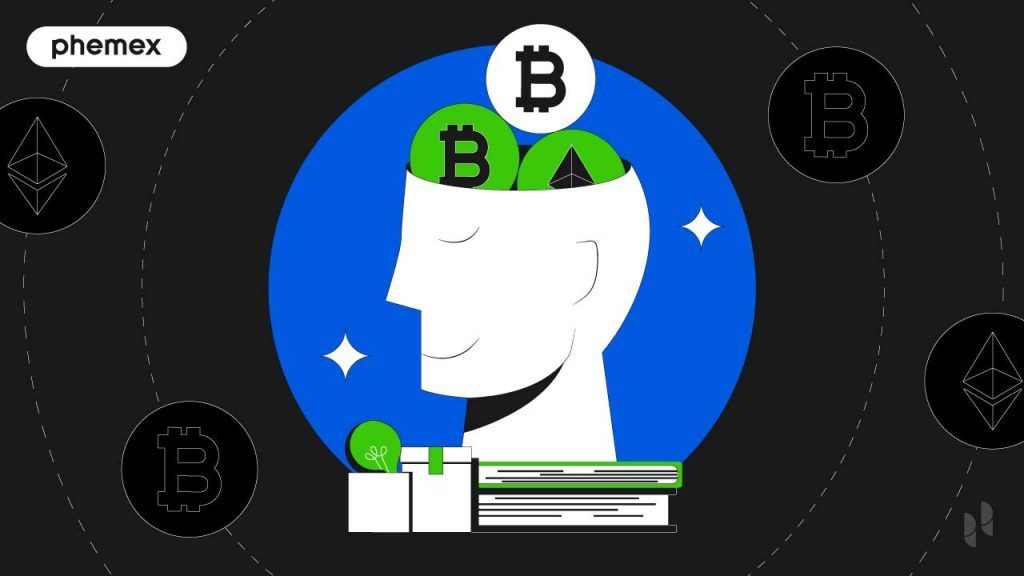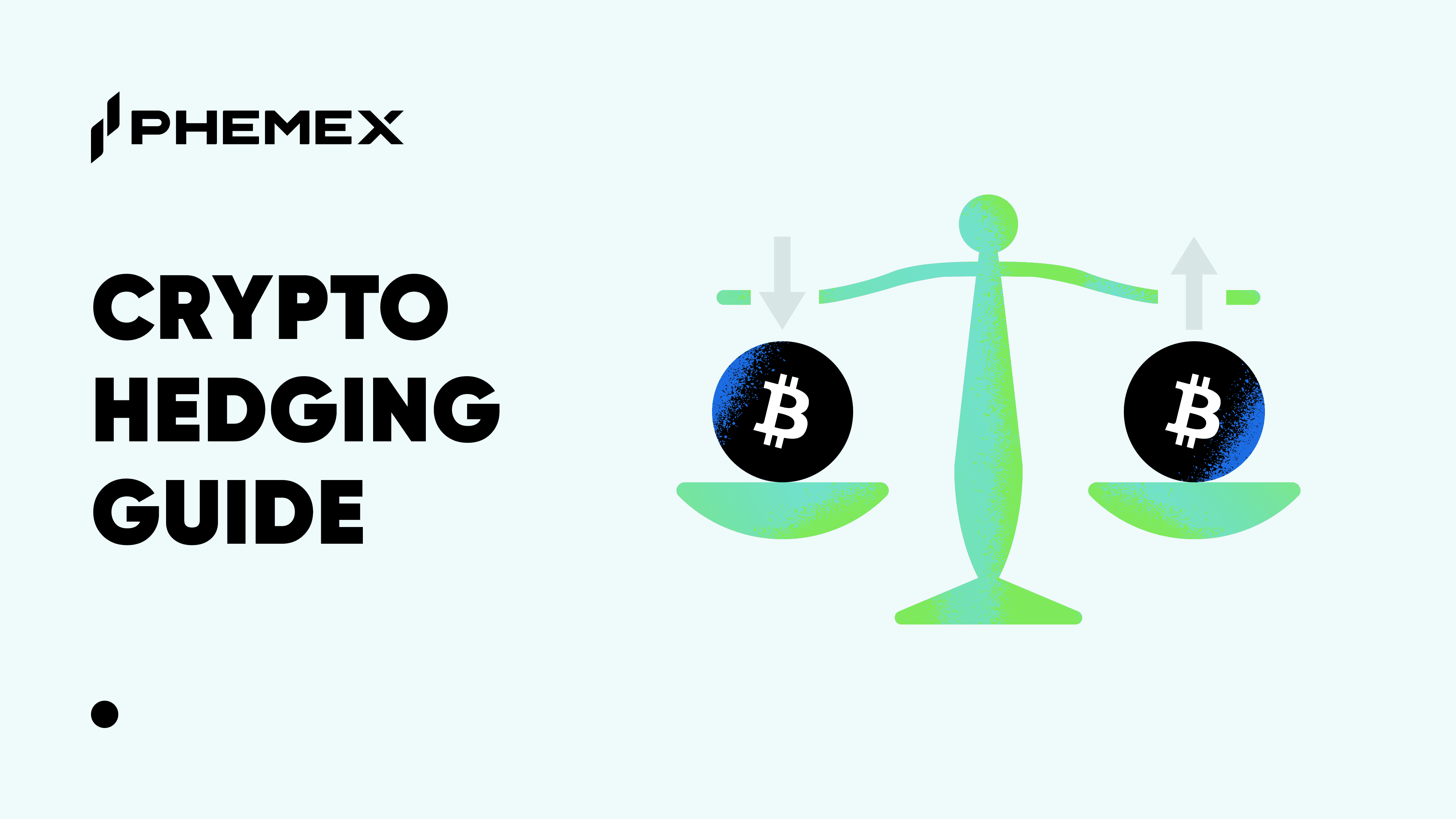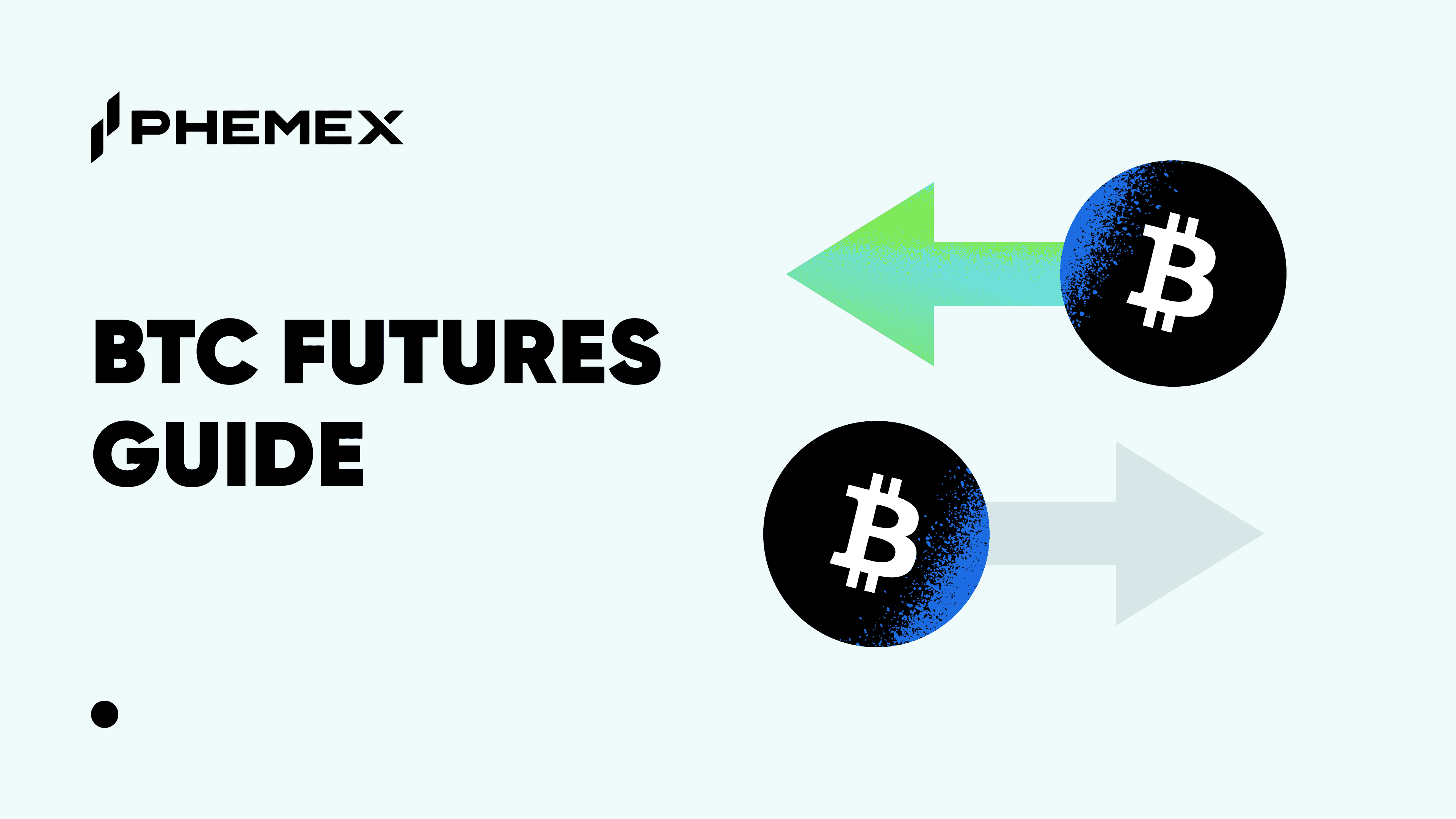The financial services industry is constantly inventing new ways to use money to make more money. Derivatives are contracts that derive their value from an underlying market asset. This type of financial product correlates with the asset’s current market value and usually executes at a predetermined price, which makes option pricing a comprehensive, mathematical task.
A Bitcoin option is one such derivative that gives its holder the ability to purchase or sell Bitcoin at a fixed future date at a particular price. As you can imagine, this has a significant number of uses, including hedging cryptocurrency portfolio risk and increasing market exposure.
However, its most important distinguishing factor is that the holder is not obliged to go through with the deal even after the contract expires. Other derivatives like futures are binding between two parties, with the holder being obliged to trade the underlying Bitcoin as per the contract’s terms. For this reason, options are more like buying a right to purchase or sell rather than a confirmed deal scheduled in the future.

The Price of Options
In any kind of market, investors anticipating a potential market crash or sudden uptick could purchase an options contract to protect their investments. Cryptocurrency markets can be incredibly volatile, and just as risk-tolerant traders are always looking for ways to use its swings to make fantastic profits, risk-averse investors are always looking for ways to hedge their bets.
Whenever a block is mined on the Bitcoin network, a miner receives a block reward in BTC to cover the cost of mining. Miners have no way of knowing if the Bitcoin market is going to crash, and with the reward rate halving every four years, Bitcoin miners need a way to ensure they can keep their operations running. For large mining farms, the cost of equipment, electricity, and maintenance can be expensive, and though the mining reward is consistent for around four years before halving, the price of Bitcoin over this period can vary wildly.
To protect against the uncertainty of Bitcoin’s price, miners purchase options contracts, giving them the option of selling BTC at a certain minimum value to ensure their operations continue running. This ensures they can keep the lights on even if the market crashes, and the price they pay for the contract is called its premium.
What are Call and Put Options
These contracts must be assessed well before trading since there are multiple layers to option pricing and valuation, especially for digital assets. When the derivative contract gives the holder the right to buy the underlying asset at a pre-agreed price on or before its expiration, it is known as a call option. Similarly, when the contract enables the holder to sell the underlying asset at a specified price before expiry, it’s called a put option.

Example of Bitcoin Option Contract
If a mining farm needed to sell its holdings at a minimum of $40,000 to cover its costs each month, they could take out an options contract to sell Bitcoin at this price if the market crashes, ensuring they can continue running their operations. If the market doesn’t fall, and perhaps even pushes the price of Bitcoin up, the contract becomes worthless, since they could sell it on the spot market for higher than the options contract allows.
The only amount lost would be the premium on the contract. If the market does crash, and prices fall below $40,000, the firm would still be able to continue operating. Additionally, options contracts themselves can be traded for their premium, with their value deteriorating as the option approaches expiry.
When the contract’s strike price is lower than the current market price of the underlying asset, it is said to be “in the money.” Conversely, when the contract’s value surpasses the market price, the option is “out of the money.”
How Are Options Priced?
The value of an options contract depends heavily on two components: its intrinsic value and its time value. Put options contracts only have intrinsic value when they are in the money, while the intrinsic value of call options only surface when they’re out of the money.
Essentially, for call options, the spot price has to be higher than the strike price for the holder to be at an advantage, and vice versa for put options.
Intrinsic value = spot price − strike price (call option)
Intrinsic value = strike price − spot price (put option)
However, options contract sellers incur a certain amount of risk from keeping an asset’s price fixed for a certain period, and the cost of this is baked into the price of the contract. This is known as the contract’s time value, and it depends on the length of the expiration period, with its value decreasing as the contract approaches expiry.
Time value = option premium − intrinsic value
At times, derivatives markets can seem deceptively simple, but determining the value of an options contract is a complex process, requiring rigorously tested mathematical models and intricate code. Purchasing contracts that derive value from an underlying asset can be very profitable, but by learning how they’re priced, traders and analysts can make much more accurate predictions about where the market is headed.
Types of Option Pricing Models
Based on the exercise time, there are two main types of options contracts:
- European style options, where the right to buy or sell the underlying asset can only be exercised on the expiration date.
- American style options, where the right to trade at the contract’s strike price can be within or on the last date of expiry.
This is a crucial classification since the style of options contracts significantly affects its pricing model. The names European and American have little to do with geographical differences, and are merely terms used to differentiate between the two styles and their exercise time rules.
There are two popular models used to price options: the Binomial Model for American style options and the Black and Scholes Model for European style options.

The Binomial Option Pricing Model
Developed in 1979, the binomial model is the simplest model for pricing an option, and uses an iterative method to create multiple time steps between the start and finish dates of the contract. For each time step, the model estimates the underlying asset’s value, which is assumed to move either upwards or downwards in the step that follows.
For example, if an option is valued at $70 at the zero time step, it may either become $65 or $75 in the next time step. From here, the binomial tree can branch and give two more outcomes for each price ($65 and $75). This creates a tree of potential outcomes, making it much easier to map the cost of the option under each branch and find the current value of the contract.
Below is a realistic representation of the binomial option pricing model. One price branches to the next, offering two scenarios each for every branch on the time step. However, the model does make certain assumptions, namely that:
- The underlying asset’s price can move in only two directions – up and down
- No dividends are paid out for the underlying asset
- The interest rate remains known and constant for the timeline of the contract
- No transaction costs or taxes are applicable on the option
- The market is risk-neutral
Variables to know:
n = time step
p = upstate probability
S = current stock price
u = upstate factor
d = downstate factor

The Black and Scholes Option Pricing Model
Black and Scholes is another widely used option pricing model created by economists Fischer Black and Myron Scholes in 1973, who received the Nobel Memorial Prize in economics for their work. Unlike the Binomial model, the Black and Scholes model is designed to evaluate European style options for stocks, but similar to the binomial model, it does make some assumptions:
- The stock’s continuously compounding returns are lognormally distributed, meaning that they are mathematically symmetrical and form a bell curve. Realistically, distributions of stock returns are never absolutely normal.
- The volatility and the risk-free rate of the stock are constant and known.
- No dividends are paid out during the specified timeline on the contract. The future dividends in dollars are also known.
- The transaction costs and taxes for the options contract are nil.
- Markets are efficient, making price movements unpredictable.
- The possibility of short-selling at no cost exists, and the option can also be borrowed later at a risk-free rate.
It’s also essential to understand the variables used in calculating option pricing through this model.
C = price of the call option
P = price of the put option
S = spot price or the stock’s current market value
K = strike or exercise price
σ = standard deviations of log-returns (or volatility)
T = Time till the expiration date
r = risk-free rate of interest
δ = dividend yield
Where the binomial model introduces incremental steps, the Black and Scholes option pricing model requires only a single time step (the date of expiry) to evaluate a contract’s price. Originally, this model assumed dividends on stocks to be zero, but this variable was later added as the model was developed further.
The Math Behind the Black and Scholes Option Pricing Model
C(0,t) = 0 for all t
C(S,t) → S as S → ∞
C(S,T) = max{S – K,0}
Call options on non-dividend paying contracts are calculated as follows:

Analysts can adjust the assumptions and other parameters if the underlying asset is not a stock, but is instead also a derivative contract. As an alternative to this model, the Monte-Carlo simulation can also determine the price of a European style option. However, unlike the Black and Scholes option pricing model, Monte-Carlo can also price options of American and Asian styles.
Simply put, the Monte-Carlo simulation foresees and generates several plausibilities for the price action of the underlying asset in the contractual period. The model then builds and represents the different plausibilities through statistical data, and the asset’s price determines the sequence of these paths at any given time.
Pricing Cryptocurrency Options
The pricing of options is already complex, but add Bitcoin into the mix, and it gets much more complicated. Bitcoin is an innovative asset for an innovative age, but it also brings a host of challenges to economists, financial analysts, and other researchers and professionals in the financial services space. Bitcoin options present unique microstructures created by its decentralized, unregulated environment coupled with highly speculative markets.
A study conducted at the Stockholm Business School studied pricing Bitcoin options and found evidence of a non-negative correlation between returns and market volatility. The paper also stated that the reason for this relationship could be because Bitcoin’s price is not informative, driven by emotion and sentiment.
Researchers around the world are constantly looking for better ways to price Bitcoin options, especially with how quickly the market for cryptocurrency options has grown. Challenges include dealing with the amount of leverage available in the space, the volatility of crypto markets, and the elephant in the room that is market manipulation from whale investors.
These investors can place huge orders to move the spot market in a certain direction while profiting from the movement on the derivatives market. Options trading toes the line between being an art and a science, requiring in-depth knowledge of markets and the assets they derive value from. Based on the kind of options contract, it’s also crucial to determine which models are best suited to price the option.
Option Volatility And Pricing
Additionally, it’s incredibly tricky to factor in things like option volatility and pricing due to their weak correlation with historical performance. However, understanding the various option pricing models does ensure a more fundamental understanding of the underlying asset’s value and the contract representing it, and this can help tremendously with creating and maintaining a successful trading or investment portfolio.
Read More
- What are Crypto Options & How do They Work?
- Call vs Put Options Explained: What’s The Difference?
- What Is Moneyness? Bitcoin (BTC) Derivatives Value for Options Trading
- What are Crypto Derivatives: Most Popular Bitcoin Derivatives Explained
- What are Crypto Derivatives & How do they Work?
- Crypto Price Action Trading Strategy
- What Is A Covered Call: How to Lower Risk in Bitcoin Leverage Trading
- What is Contract Trading: How to Trade Crypto Derivatives on Phemex









